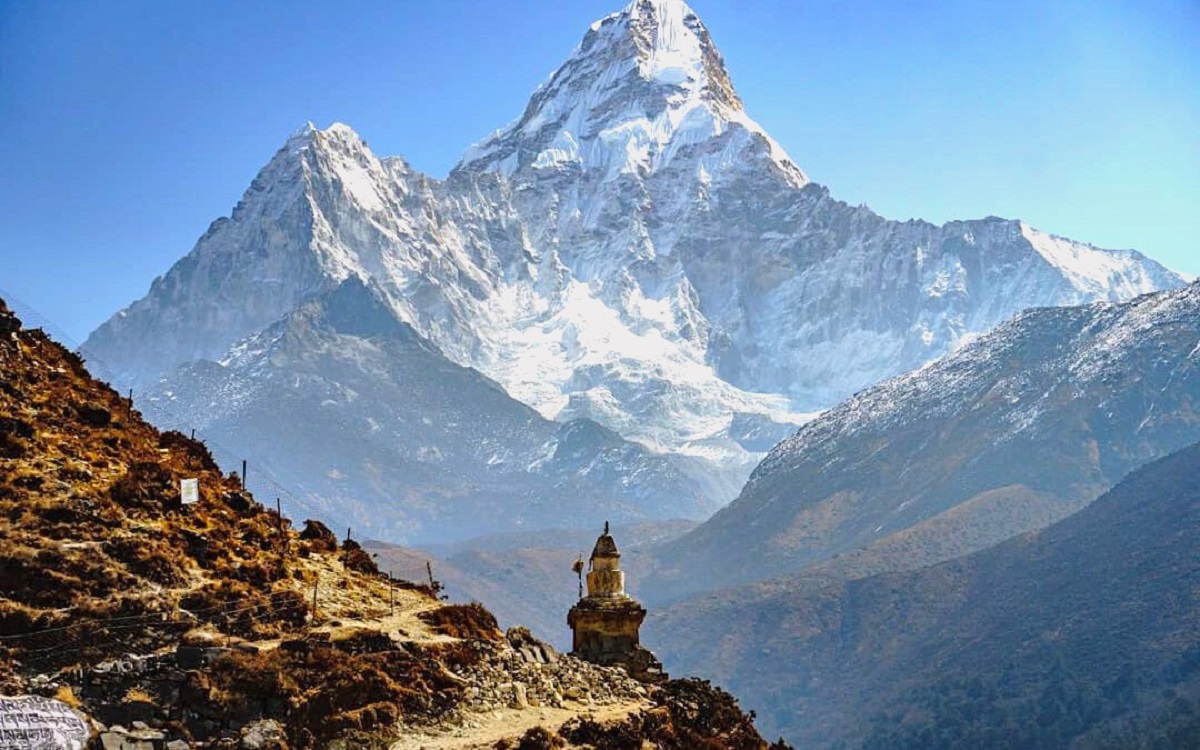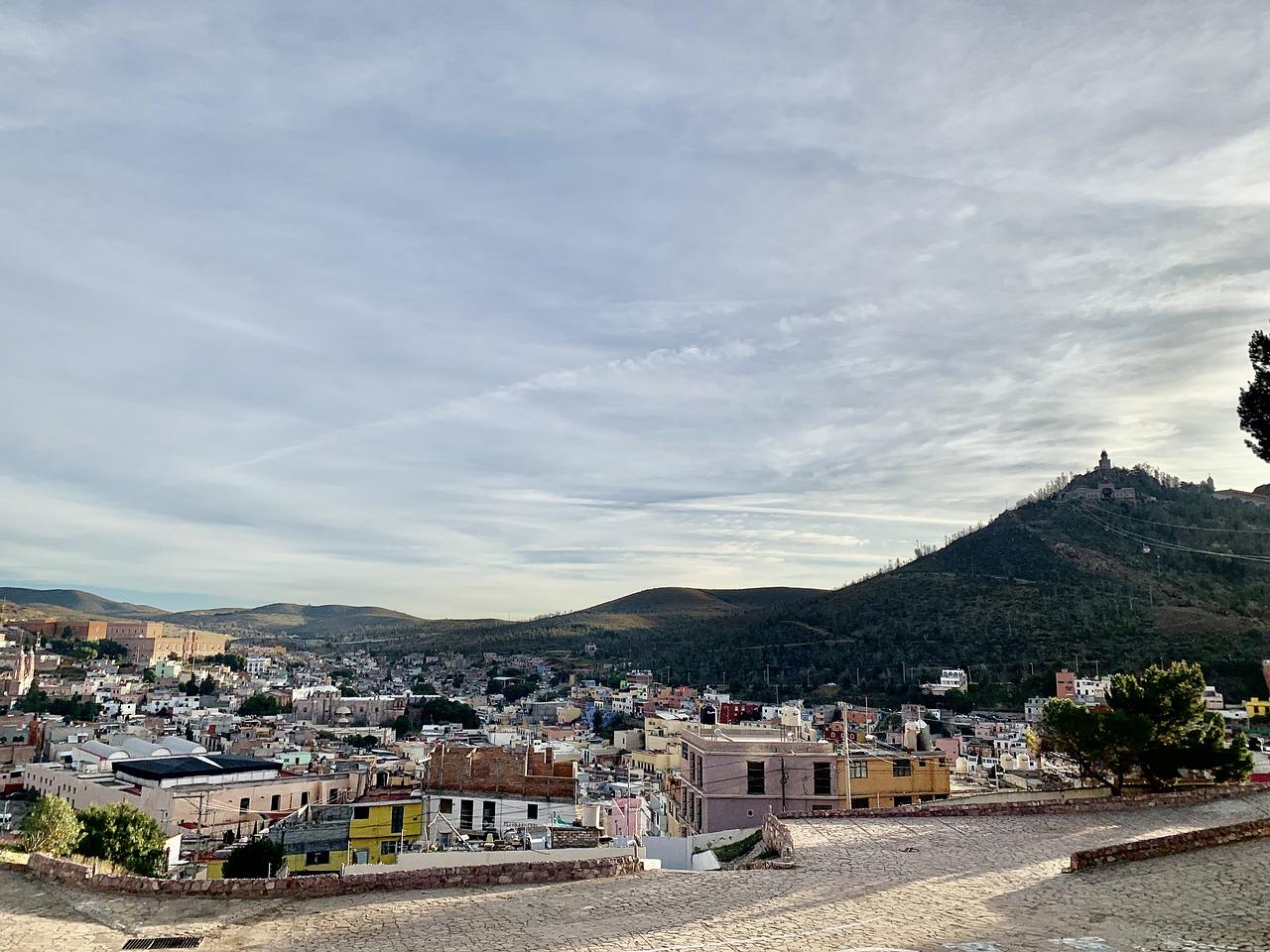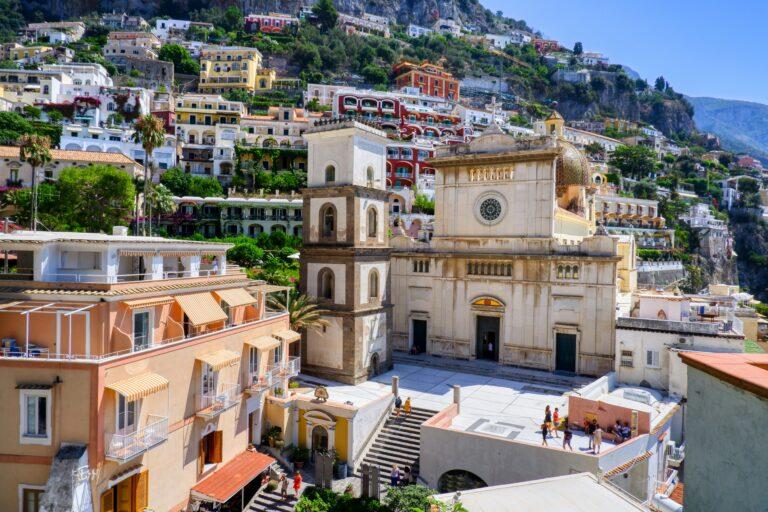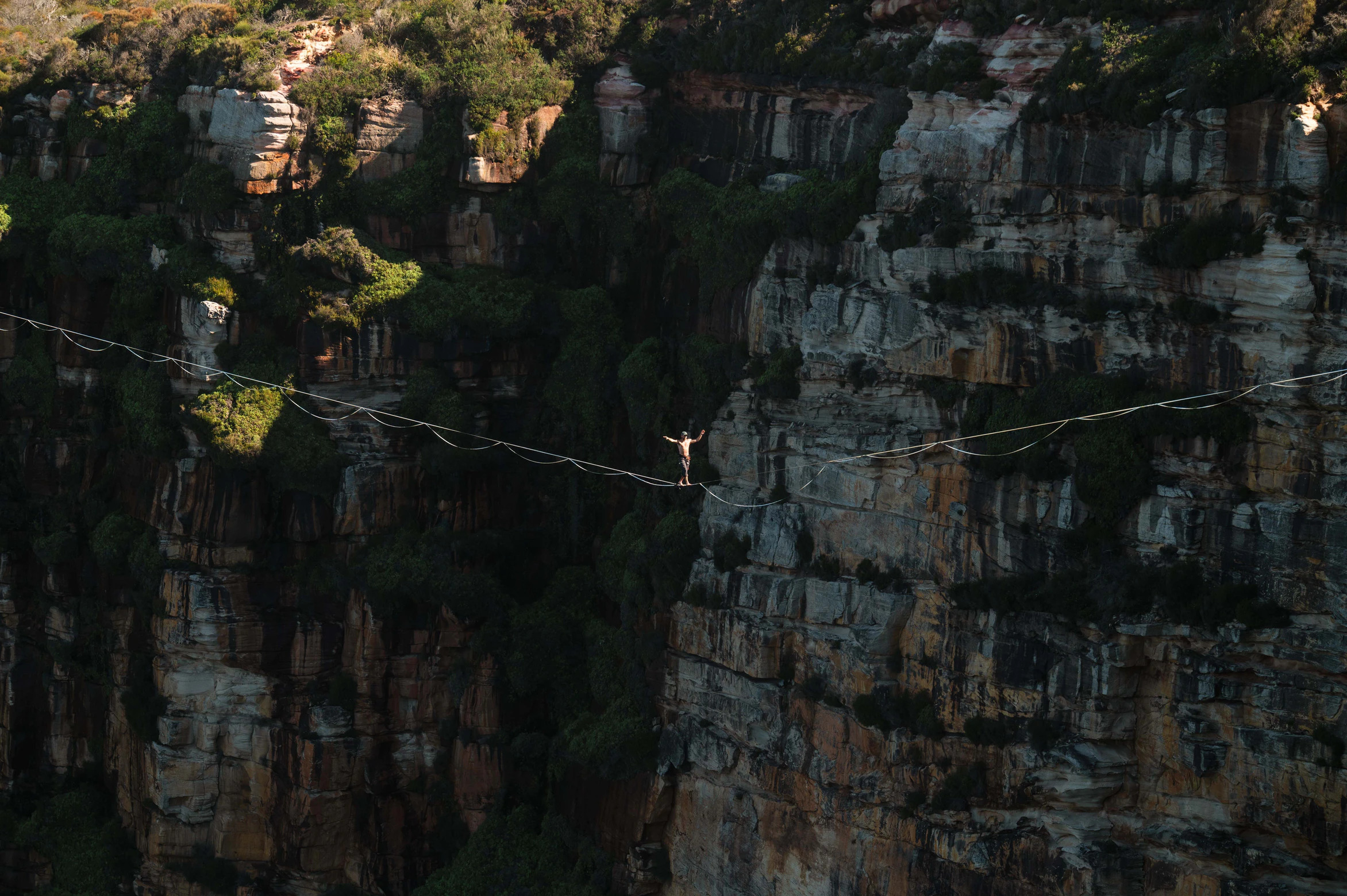Guide to Sagarmatha: Nepal’s Rugged Safari
Nestled in the heart of Nepal, Sagarmatha National Park is a UNESCO World Heritage Site renowned for its stunning natural beauty and profound cultural significance. This park is home to the world’s tallest mountain, Mount Everest, or Sagarmatha as it is known in Nepal. A treasure trove of biodiversity and awe-inspiring landscapes, Sagarmatha draws adventurers, trekkers, and nature lovers from all corners of the globe.
For mountaineers, this is the ultimate prize, and for trekkers, it’s the dream of witnessing this majestic peak up close. The park offers several trekking routes, including the famous Everest Base Camp Trek, which allows visitors to experience Everest’s majesty without summiting it.
The trek takes you through traditional Sherpa villages, lush forests, and rugged mountain terrain, providing an unforgettable adventure. Here’s our comprehensive guide to Sagarmatha National Park;
Please Download Our Mobile App here.
Overview of Sagarmatha National Park
Sagarmatha National Park, located in the eastern part of Nepal as part of the Himalayas, spans an impressive 443 square miles (1,148 square kilometers). It is home to Mount Everest, the highest peak in the world, towering at 29,029 feet (8,848 meters). The park’s altitude varies, ranging from the summit of Everest to the lower plateau at 9,334 feet (2,845 meters).
It borders the Makalu Barun National Park to the east and is renowned for its rugged landscapes, deep gorges, and towering Himalayan mountains. While few attempt to climb Mount Everest, many trekkers and climbers explore the surrounding lower elevations or trek to Everest Base Camp.
A popular way to view the mountain is through scenic flights, offering a bird’s-eye perspective of the iconic summit, one of the Seven Natural Wonders of the World. The park also features other majestic peaks like Amadablam, Cho Oyu, Lhotse, Muptse, Pumori, and Thamserku, all of which rise above 20,000 feet (6,000 meters).
Despite its towering mountains, only 3% of the park is forested, with 28% consisting of grazing lands and sparse vegetation. The majority, nearly 70%, is barren land due to the high-altitude environment.
Wildlife in Sagarmatha National Park
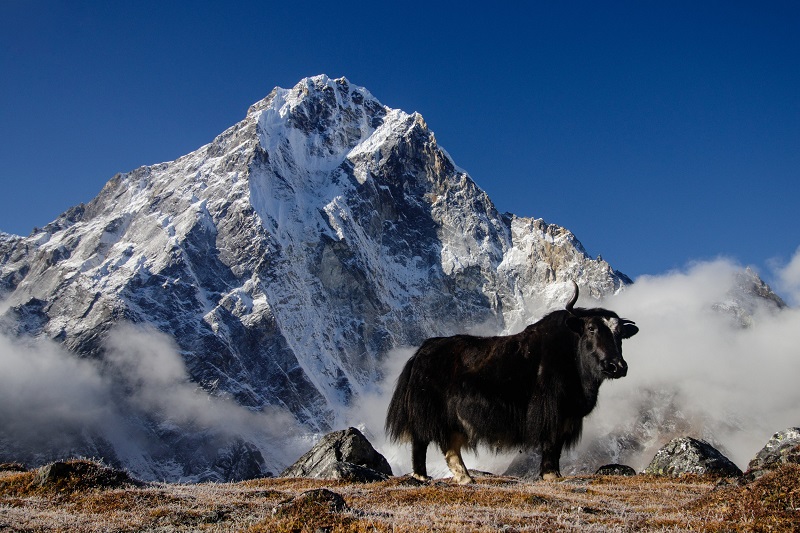
Sagarmatha National Park is a haven for wildlife, offering a diverse range of species that thrive in its rugged terrain. Among the park’s inhabitants are the Himalayan Tahr, Musk deer, Ghoral, and elusive snow leopards, along with wolves, lynx, and weasels. The park is also home to over 1,000 rare and endangered bird species, making it a significant site for birdwatchers.
Some of the remarkable birds that can be spotted include the vibrant Himalayan Monal, Snowcock, Yellow-billed Chough, Blood pheasant, and Red-billed Chough. This rich avian diversity is one of the reasons Sagarmatha National Park has been recognized as an Important Bird Area by BirdLife International.
Best Time to Visit Sagarmatha National Park
The best time to visit Sagarmatha National Park is during the autumn season, specifically between September and November. This period offers clear skies and stable weather, providing breathtaking views of the Himalayas, including Mount Everest, making it ideal for trekking.
The moderate daytime temperatures make trekking comfortable, and it coincides with the peak trekking season, so facilities and services are readily available. Spring (March to May) is another good time to visit, with pleasant weather and blooming rhododendrons, though some higher-altitude trails may still have snow.
It’s best to avoid visiting during summer (June to August) because the heavy monsoon rains can disrupt trekking plans and reduce visibility. Also, avoid winter (December to February) because of the cold temperatures, heavy snowfall, and closed high-altitude passes that can make travel challenging.
Getting to Sagarmatha National Park
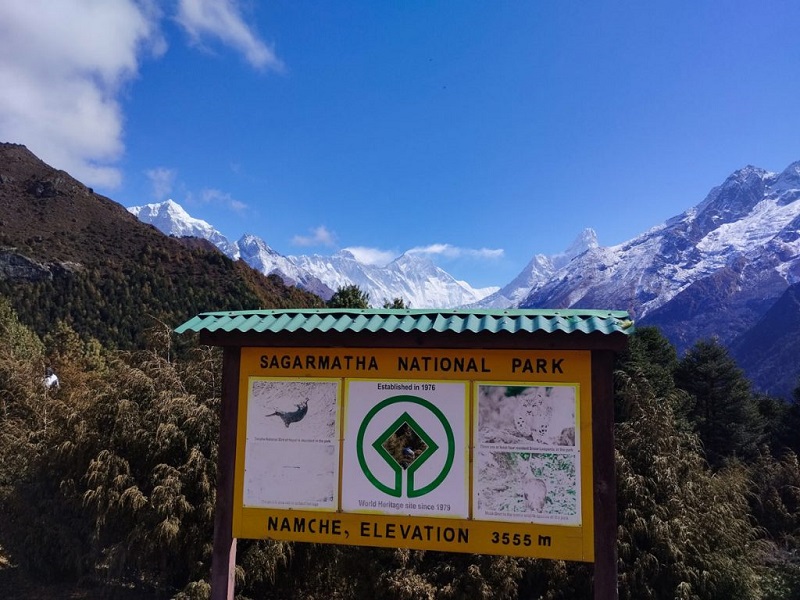
Getting to Sagarmatha National Park is a thrilling adventure in itself given its remote location. The nearest airport is Tenzing-Hillary Airport in Lukla, which is 33 kilometers away from the park. The easiest and most popular way to reach the national park from Kathmandu (about 135 kilometers away) is by taking a short 25-minute flight to Lukla. Once in Lukla, trekkers embark on an exciting journey to the park, navigating a steep and rugged trail that offers an exhilarating experience.
Other Activities in Sagarmatha National Park
Sagarmatha National Park is brimming with incredible landmarks that captivate adventurers and nature enthusiasts alike. Among the top highlights is Everest Base Camp, situated at an altitude of over 5,300 meters (17,500 feet). This iconic destination is the starting point for climbers aiming to summit Mount Everest.
It’s also a remarkable achievement for trekkers who journey through Sherpa villages, rhododendron forests, and rugged terrain. Another must-see is the Gokyo Lakes, a system of stunning glacial lakes at 4,700–5,000 meters (15,400–16,400 feet). These are the world’s highest freshwater lakes and hold significant spiritual meaning for Hindus and Buddhists, with a temple at Thonak Lake dedicated to deities Vishnu and Shiva.
The lakes also offer extraordinary trekking opportunities amidst breathtaking surroundings. Lastly, Tengboche Monastery, a sacred Tibetan Buddhist site, serves as a spiritual hub for trekkers and mountaineers. Visitors can experience traditional rituals and festivals like Mani Rimdu and Dumje, where vibrant dances and ceremonies bring the region’s culture to life.
Park Fees in Sagarmatha National Park
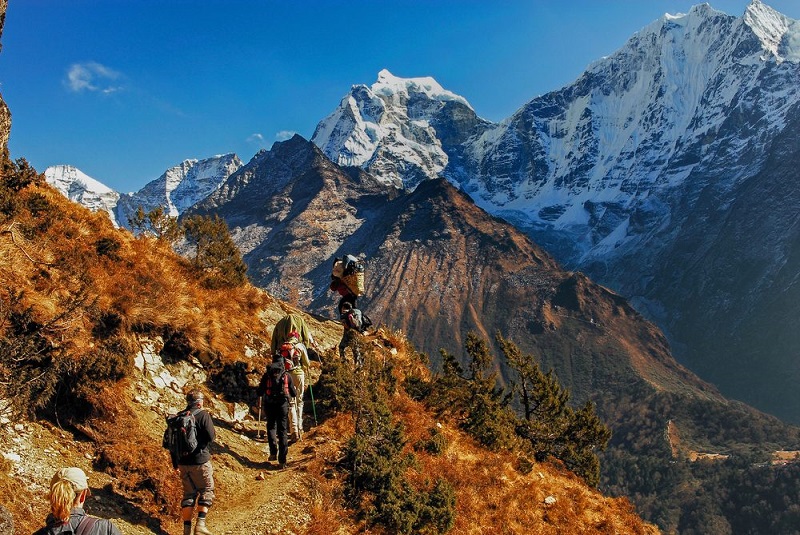
The entrance fees for Sagarmatha National Park vary depending on nationality. Nepalese pay NRs. 100 (less than a dollar) per person per entry, while visitors from the SAARC countries are charged NRs. 1,500 (around $11.50) per person per entry.
Foreign tourists must pay NRs. 3,000 (about $22.50) per person per entry. Children under the age of 10 can enter the park for free. Permits can be purchased at the Nepal Tourism Board Office in Kathmandu or directly at the park entrance in Monjo.
FAQs
What are the rules for Sagarmatha National Park?
When visiting Sagarmatha National Park, it’s important to follow the rules to protect its delicate ecosystem. All plants and animals are fully protected, so visitors should not remove or damage any flora or fauna. Additionally, rubbish must be properly disposed of in designated areas or buried, as littering is prohibited. To preserve the tranquility and safety of the park, no one is allowed to walk within the park boundaries between sunset and sunrise.
Why is it called Sagarmatha?
The Nepali name for Mount Everest is Sagarmatha, which translates to “Goddess of the Sky.” This name reflects the deep cultural and spiritual significance the mountain holds for the people of Nepal. In the local Sherpa and broader Nepali traditions, Everest is revered as a divine entity, believed to protect the region and its inhabitants.
Conclusion
Sagarmatha National Park is a place where adventure meets spirituality, where rugged landscapes provide a backdrop to one of the world’s greatest natural wonders. Whether you’re trekking to Everest Base Camp or simply soaking in the serene beauty of the high Himalayas, this national park promises an experience unlike any other.
